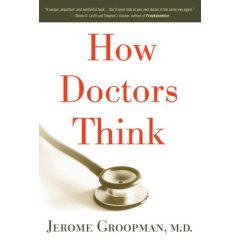
Just because you read about that verdict in the papers doesn’t mean the plaintiff will actually get the money. This is another example of how verdicts get reduced by the courts.
In this case, a New York trial court reduced the award for future pain and suffering from 200K to 20K, because the plaintiff did an insufficient job of justifying the damages. The appellate court affirmed that reduction:
The result of plaintiff’s nasal reconstructive surgery was cosmetically not to her satisfaction. The court found no medical support for future pain or difficulty in breathing. Reduction of damages for future pain and suffering was thus warranted because the amount awarded by the jury deviated materially from what would be reasonable compensation under the circumstances (CPLR 5501[c]).
As I had discussed earlier in How New York Caps Personal Injury Damages, one should never accept the verdict in a newspaper as the amount the person will get. Because there is a good chance they will not see that amount.
The case can be found here: Nardella v. Gerut



